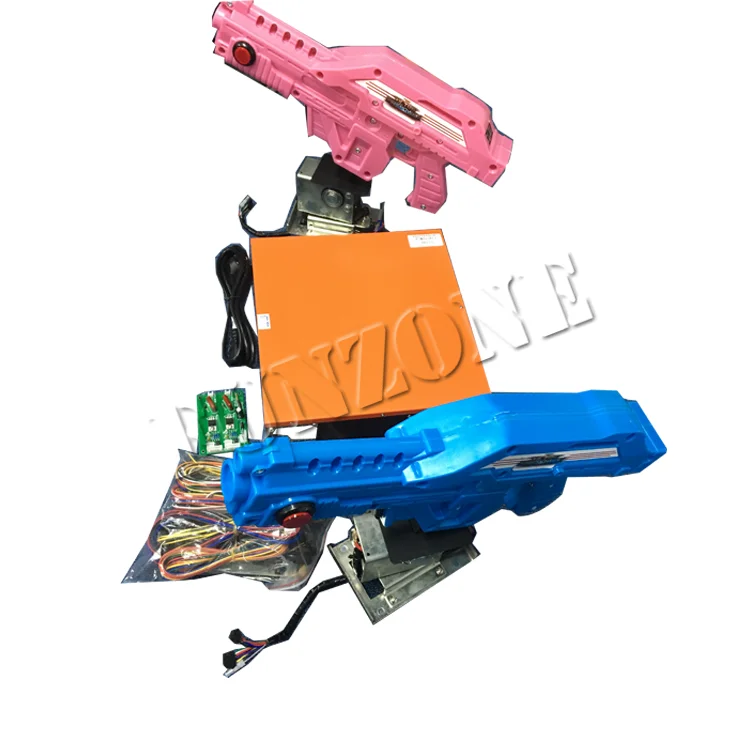
The first full-fledged and highly publicized legal attack on pinball came on January 21st, 1942, when New York City Mayor Fiorello LaGuardia banned pinball in the city, ordering the seizure of thousands of machines. Cash payouts were quickly abandoned as it became clear that pinball and gambling weren’t a comfortable (or legal) match. It was true, of course, that some early pinball machines manufactured by companies like Bally and Williams did offer a cash payout and also that early machines, which lacked bumpers and flippers, were largely luck-based endeavors. As early as 1934, operators, game manufacturers, and distributors argued - most often unsuccessfully - that pinball was a game of skill, and not inevitably connected to gambling. From the beginning, pinball machines were a subject of municipal debate revolving around one main question: whether or not pinball machines were "games of chance," which by definition meant that they were gambling devices. Gumball machines, for example, were used to sidestep state gambling laws against cash payout machines by offering gum as a prize, leading to widespread and long-standing distrust of vending machines by would-be regulators. Most states had laws against or heavily regulated gambling, but the slot companies quickly found ways around the prohibitions. The coin-operated amusements industry, which developed jukeboxes, pinball machines, slots, gumball machines, and later video game cabinets, had its roots in gambling, a controversial industry in America. Bally and others originally made much of their money manufacturing slot machines. was founded in 1927 in Chicago, where most of the big amusements companies were based: ABT Manufacturing was founded there in 1924, Bally in 1932, Williams in 1943, and Midway in 1958. The first successful coin-operated game was called Baffle Ball, created by David Gottlieb in 1931. By definition, an "amusement arcade" is a place that houses coin-operated machines, and for the first half of the 20th century, that meant pinball. The arcade has always been aligned with the coin-operated amusements industry, and - since the birth of pinball - with youth.

To understand the ecosystem that Bushnell and his ilk injected themselves into to create the modern video game arcade, however, you have to go back a lot farther than the 1970s. In 1971, however, Computer Space looked anything but illustrious, and the idea that there would soon be arcades dedicated entirely to video games was the furthest thing from anyone’s mind - except for maybe Nolan Bushnell’s. It also marked the beginning of a long, illustrious, and world-changing career for Nolan Bushnell. Though considered a failure at the time, the game was revolutionary, and formed the foundations of a new industry. The video game arcade had its roots in 1971, when Computer Space, the first commercially sold, coin-operated video game, was designed by Bushnell and Ted Dabney. It is also undeniable, however, that the video game arcade would not have happened without him. To say that Nolan Bushnell single-handedly created the arcade would probably be overstating it: coin-operated machines had been popular in America for decades by the time he got his start in the early '70s, and the pinball arcade had a storied (and notorious) spot in American history.

The defining feature of a “real” arcade, however, is that there aren’t really any left. In earlier days (though well into the ‘90s), it’s sometimes smoky inside, and the cabinets bear the scars of many a forgotten cig left hanging off the edge while its owner tries one last time for a high score, inevitably ending in his or her death. It’s noisy, with all the kids yelling and the video games on permanent demo mode, beckoning you to waste just one more quarter. This is a place for kids to be with other kids, teens to be with other teens, and early-stage adults to serve as the ambassador badasses in residence for the younger generation. Your mom wouldn’t want to be there, and nobody would want her there, anyway. There’s no sign outside that says you “must be 21 to enter.” These are rarely family-friendly institutions, either. You can make an exception for a lonely vending machine, sure, but full meals? No thanks. They’re dark (so that you can see the screens better), and they don’t sell food or booze.

Lots and lots of video games, and (usually) pinball machines. Authenticity is a hard nut to crack, but there are a few hallmarks of the video game arcade of days gone by: first, they have video games. If you’ve never been inside a “real” arcade, it could be hard to distinguish one from say, oh, a Dave & Buster’s.


 0 kommentar(er)
0 kommentar(er)
